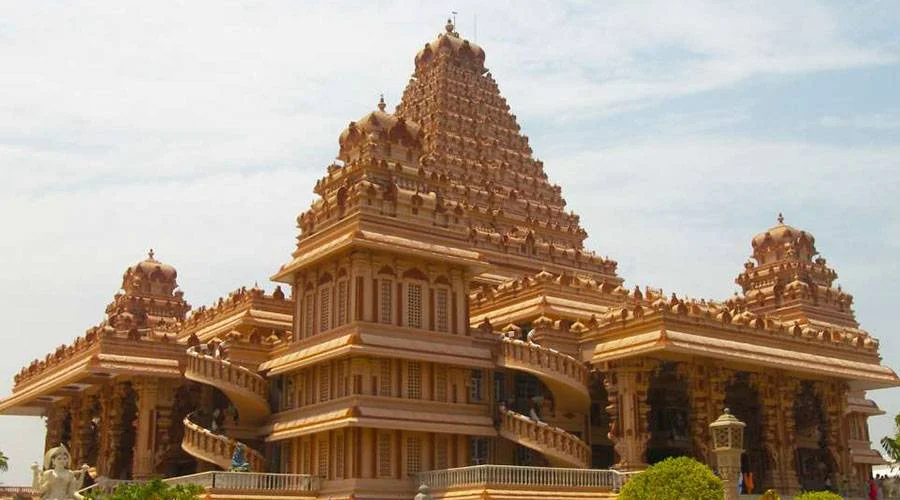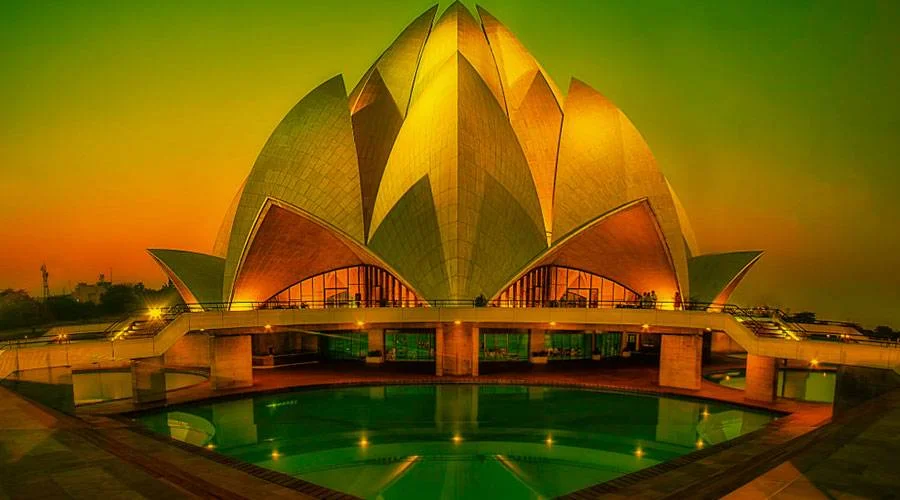Malai Mandir, Delhi
Malai Mandir which is also popularly known as the Uttara Swami Malai Mandir is a Hindu temple dedicated to Lord Swaminatha. In the situation in Delhi, the temple is visited by a throng of devotees that are mostly from Tamil, Kannada, Telugu, and Malayalam-speaking communities in Delhi.
Situated on a small hill, the Malai Mandir is constructed entirely out of granite stone in a South Indian architectural style. Visiting the place one could reminisce about the buildings of the Chola era which allows the tourists to relive the history. Apart from paying a visit to the main Malai Mandir Temple, one could visit the other complex dedicated to the elder brother, father, and mother of Lord Murugan.
History
Uttara Swami Malai Temple, Delhi is dedicated to Lord Murugan (Shri Swaminatha). It is located on a small hill and was completed in 1973. Highly revered by the Tamil and other South Indian communities in Delhi, this temple serves as a reminder of the Six Abodes of Murugan in Tamil Nadu. In later years temples of Shri Vinayakar, Shri Sundereswara and Minakshi, Navagraha Sannidhi, and Adi Shankaracharya were added to the complex. The temple is also known as Malai Mandir.
Architecture
The temple takes its name from where it is located – the top of a small hill ('Malai' in Tamil for a hill). It has a pretty interesting history too! Lord Swaminath (or Lord Murugan) is said to have appeared in one of His devotees’ dreams one night and indicated a small hillock set in a secluded area amidst thickets as His would-be abode. That is how Malai Mandir’s inception took place in 1961.
The temple takes its name from where it is located – the top of a small hill ('Malai' in Tamil for a hill). It has a pretty interesting history too! Lord Swaminath (or Lord Murugan) is said to have appeared in one of His devotees’ dreams one night and indicated a small hillock set in a secluded area amidst thickets as His would-be abode. That is how Malai Mandir’s inception took place in 1961.
The temple of Lord Swaminath has one specialty that sets it apart from all the other shrines - as it has been assembled, and not constructed! No cement or mortar went into the assembling of the 900 huge stones that hold the shrine together today. There is also a small hill in the temple complex, known as the Silpa Kala Mandapam, which houses several exquisite sculptural pieces representing quintessential South Indian temple architecture.
The temple, in its entirety, is a unique blend of all three renowned and ancient temple architectural styles of the South. It brings the splendor of the South to the North, attracting visitors of all faiths and religions from far & wide.


























